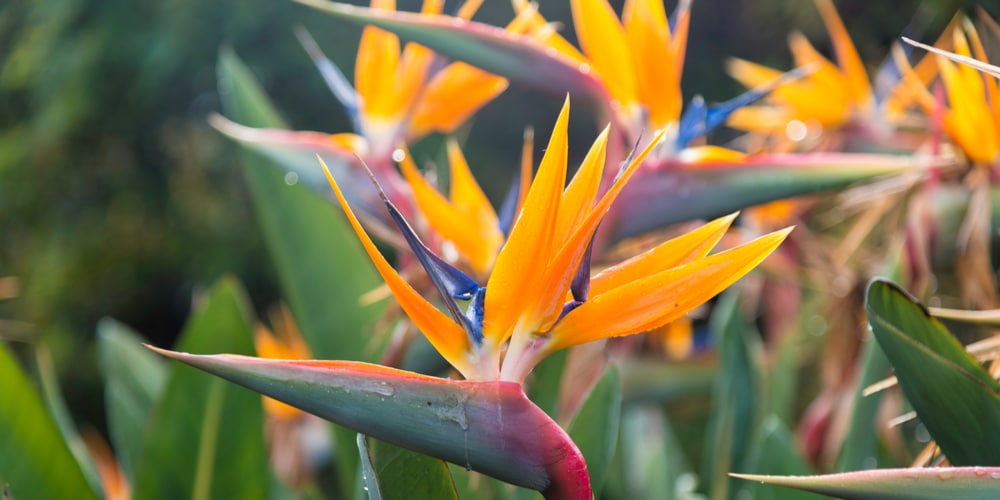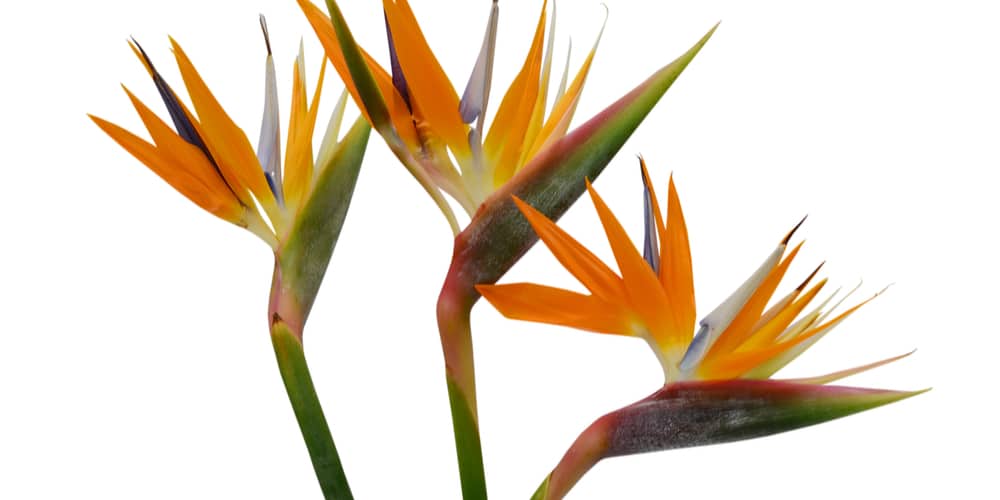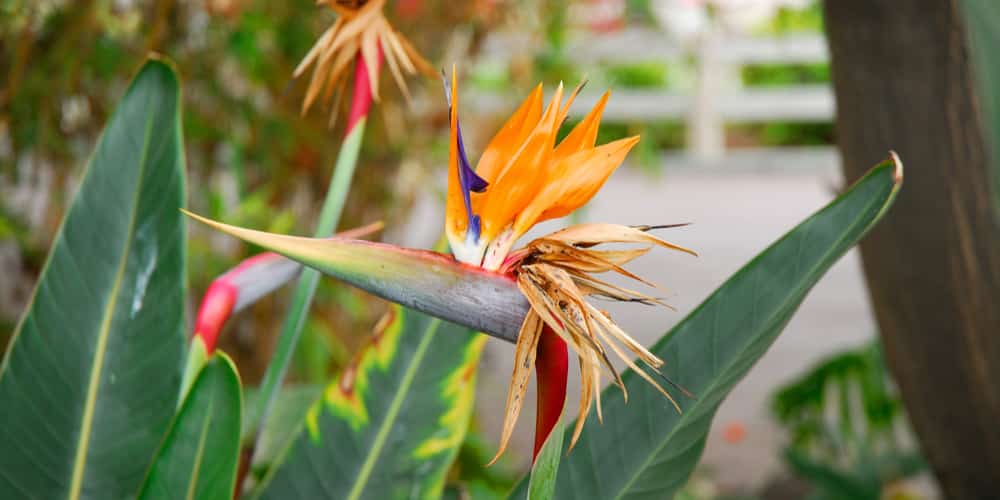Propagating a bird of paradise is a straightforward process, and with a little research, it shouldn’t be too difficult. If you host one of these gorgeous plants in your home, you might be curious as to how to propagate a bird of paradise.
Below is some information about why you might replicate through propagation. Plus, how to accomplish this with your bird of paradise.
What Is Propagation?

Propagation is a technique of growing a new plant from an existing one without harvesting the seeds. You can propagate from several different parts of the plant, depending on what species it is. Some can be propagated from the roots, while others can propagate from the leaves or stems.
There are a few different methods for propagation:
- From a root or rhizome
- From the stem or leaf
- In soil
- In water
Why Would You Choose Propagation?
There are certain plants where propagation will be the only method of reproduction. In some cases, propagation can create entirely new species. These plants are often stronger, more plentiful, and more resistant to infection.
It’s also a faster reproduction method since the plant is already partially mature, and there’s no waiting for seeds to sprout.
How To Propagate a Bird of Paradise
In order to propagate this plant, you will need to include a piece of rhizome in your cuttings. Rhizomes are the thick branches of the stem that grow beneath the ground surface. Stems and leaves alone won’t produce roots or rhizomes after propagation.
Start in the Spring
It’s best to propagate your plant in early spring or possibly late winter, depending on your zone and whether it’s an indoor plant. This gives the plant time to get established throughout the growing season.
Remove the Plant From Its Pot
You’ll need to be able to access what’s below the surface of the soil to cut a rhizome. The easiest way to do this is by removing the entire plant from the pot.
Find a Favorable Piece of Rhizome
Using a sharp knife, you’ll select a section of the rhizome that has some roots attached and cut it off as cleanly as possible. Try to find a section that isn’t dry. You can then sprinkle some rooting hormones on the cutting to encourage new growth.
Pot in High-Quality Soil
Birds of paradise get by just fine in almost any soil as long as it is rich and fertile. Loamy, well-draining soil is all it needs to thrive. Don’t forget to select a pot of the appropriate size and with drainage holes.
Wait To Water
Many plants, including a bird of paradise, don’t prefer to be watered right away. Giving them time to dry out and heal for a day or two can keep them from becoming weak or infected.
Be Patient
Propagation is a faster reproduction method, but it may take a few weeks to see any new growth. At this point, all you can do is water it when the soil is dry. Be careful not to over-water this plant, especially once the roots have been established.
Can You Propagate in Water?
You may have seen some plants propagating in water. Some plants, such as pothos and monsteras, will have no trouble creating new roots in the water. Unfortunately, the bird of paradise is not a great candidate for this method.
Caring for Bird of Paradise
Like any plant, the bird of paradise requires care, although not as much as you may think. They prefer well-drained soil that’s left to dry between waterings. This means that depending on where you are, you need to water every one to two weeks.
This plant also prefers bright, indirect sunlight. A backyard with dappled shade or a sunny room is both acceptable environments. Just make sure to bring these plants in during the cold winter months.
Overview
Figuring out how to propagate an orange bird of paradise shouldn’t be an overwhelming process. Most amateur gardeners will do fine with this project, and if you’re interested in adding more of these unique plants to your home, there’s no reason you shouldn’t try.

